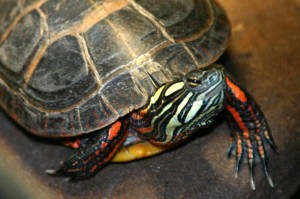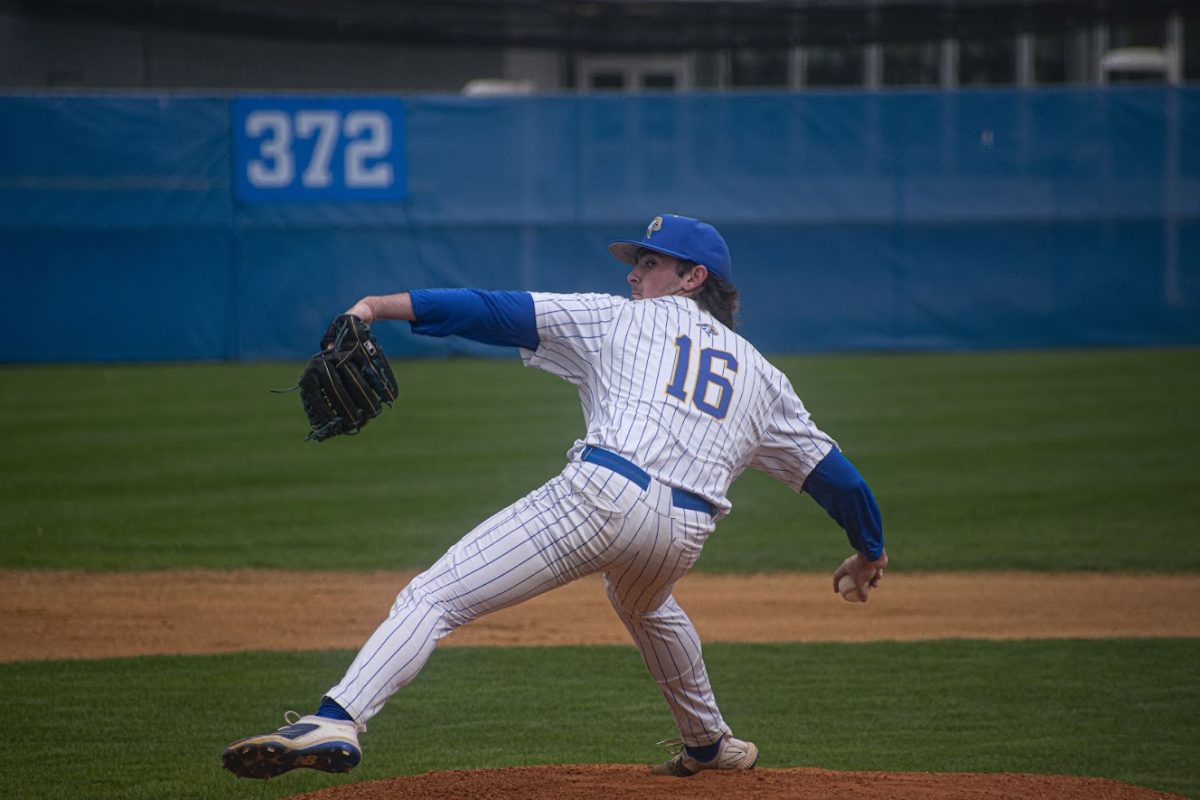Painted Turtles are ubiquitous due to the fact that you can find them anywhere from ponds to marshes and you can even encounter them crossing the road as you are driving towards your destination. Their maximum shell size is 25 centimeters in length and they are termed Painted Turtles because of the red and yellow striped design that embellishes their limbs, tail, neck, and carapace edge; the background color can vary from olive green to black. Differentiating between a male and female turtle can be pretty complicated. While males have longer front claws, longer tails, and concave plastrons (bottom portion of the shell), females are just the opposite with their underbelly being completely flat.

During the winter, Chrysemys pycta hibernate by burying themselves deep in mud beneath the water at 90 centimeters which insulates them for the cold season. They are usually found basking, meaning that they situate themselves on top of rocks or other areas to receive sunlight. They are not able to regulate their body temperature which is why they mostly rely on the sun for heat. Shortly after hibernation, turtles of 3 to 5 years old usually mate until fall. Courtship usually involves the male swimming to the female and directly facing her while using his long claws to scratch her cheeks in a soft resonating matter. Eventually after the magic happens, the female will lay 4 to 15 eggs underneath the sand and will leave immediately. The offspring will become independent after they have hatched from a 72 to 80 day incubation period. Painted Turtles are considered omnivores since they not only eat plants but also insects, worms, tadpoles, small fish and crustaceans.
Painted turtles can survive without oxygen for five months under very low temperatures, which is longer than any other known air-breathing vertebrate. To prevent build up of lactic acid, they slow down their metabolic rate.







